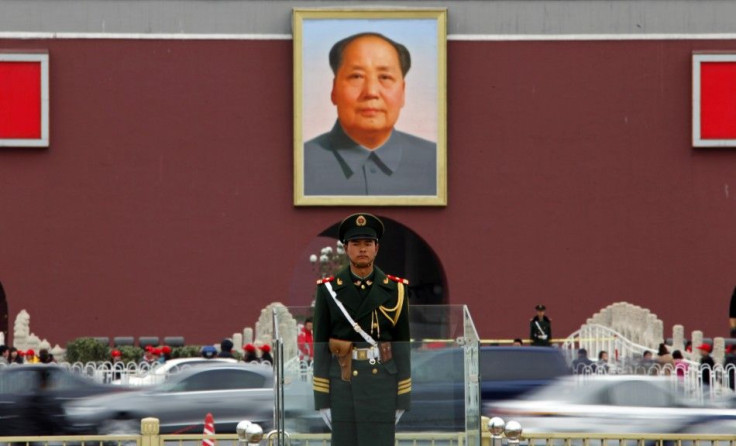China PMI Paints Mixed Manufacturing Picture

China's official manufacturing purchasing managers' index, a gauge of manufacturing sector performance, unexpectedly jumped to the highest level in a year, while a rival index by HSBC showed further weakening in the sector.
The official PMI rose to 53.1 in March, up from 51 in February, boosted by an increase in new orders, the China Federation of Logistics and Purchasing said Monday in a statement. Economists polled by Thomson Reuters had expected a reading of 53.
This marks the fourth consecutive month of expansion for China's manufacturing activity, and the highest level since March last year, when the PMI reached 53.4.
A reading above 50 indicates expansion, while a reading below 50 suggests contraction.
Nomura's Chief China Economist Zhiwei Zhang cautions that investors should take these figures with a grain of salt.
Keep in mind that, in March, the official PMI always rises 3 percentage points from its February level. It's a seasonal factor, Zhang told CNBC Monday. Compared to the past, the official average PMI is about 56, whereas this month, it's only 53. It's still very much lower.
Zhang expects Beijing to make a further cut in the benchmark lending rate as soon as this month because the PMI numbers indicate that demand is really weakening.
The People's Bank of China has reduced the reserve requirement rate, or RRR, twice since November by 50 basis points each time.
The official PMI figure is in stark contrast to HSBC's China PMI print of 48.3, which tracks the performance of smaller Chinese factories and was released on the same day. The sub-index for manufacturing output slid to 47.3 in March from February's 50.2, the second lowest reading since March 2009 after November's trough of 46.1.
Final PMI results confirm a further slowdown of growth momentum, weighed by weakening new export orders, Qu Hongbin, an economist at HSBC, said in a statement. Weaker export growth is likely to prompt further easing measures.
HSBC's PMI has been in contractionary territory for five straight months.
The mixed reading on China's manufacturing sector pushed stock futures lower Monday. The S&P 500 futures lost one point, while the Dow Jones Industrial Average futures shed 16 points.
© Copyright IBTimes 2024. All rights reserved.





















